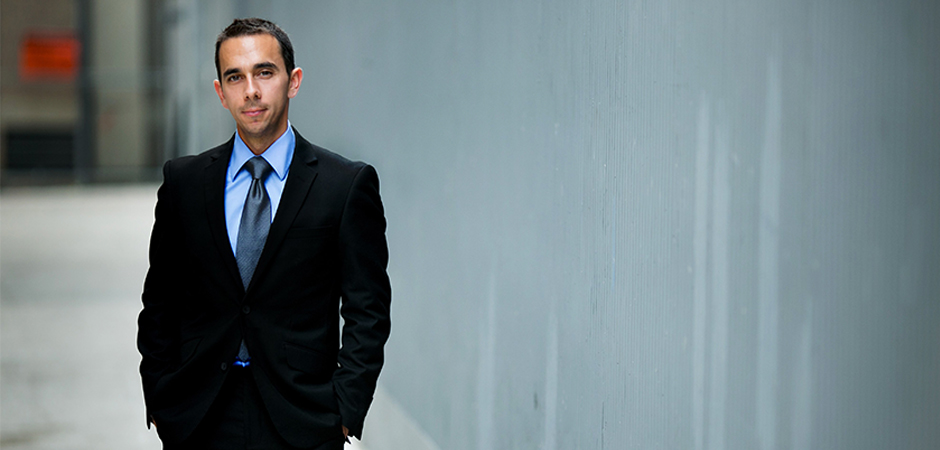Tips + Techniques
Street photography comes with some degree of risk. Because photographers often seek to capture life in its purest form, they do not typically warn people or obtain consent before pressing the shutter. As a result, some people file lawsuits, not only to stop distribution or display of the photograph, but also to claim or negotiate in settlement monetary relief. Nothing prevents someone from filing a lawsuit; not even the fact that, in some cases, street photography qualifies as protected speech under the First Amendment of the United States Constitution. Moreover, any fight in court comes at a cost and involves uncertainty. To minimize the risk of being sued, some familiarity with relevant laws may prove helpful.
Invasion of Privacy Laws
Generally, claimants suing photographers over street photographs invoke invasion of privacy laws, which are primarily based on allegations that something private was: (1) improperly intruded upon and/or made public; (2) misrepresented to the public; or (3) used for someone else’s personal gain.
Each state has its own invasion of privacy laws, so what is legal or illegal may vary by state. It is, therefore, important for photographers to become familiar with the laws of the state (or country) in which they photograph. As highlighted here, when shooting street photography, photographers should also bear in mind where the photograph is being taken, what the intended use of the image will be, and whether to secure consent by the subject.
The Public/Private Distinction
Asserting a claim of invasion of privacy most often requires the claimant’s privacy to have been compromised in some way. In general, one cannot have a reasonable expectation of privacy in things that one holds out to the public. This is why courts have determined that taking a photo of someone in public does not invade one’s reasonable expectation of privacy. However, simply because a person holds themselves in plain sight does not alone render legal claims easily defeatable. Courts will often (sometimes even wrongly) give the claimant the benefit of the doubt and move the action towards trial, making the path to victory more costly, and perhaps even less certain.
Complicating the public/private distinction even more are the technological advancements of other photography capabilities, such as the use of drones, which enable the photographing of people in places and ways they may not expect. Therefore, what courts may consider to be in the public or private view changes with time and among judges and jurisdictions. Photographers must know that these distinctions may change and are not always consistently defined or clear.
Using the Image
How a photographer uses an image can affect whether courts deem the photograph and its use as protected speech under the First Amendment, defensible for other reasons or not protected at all. Laws often draw these distinctions by first determining whether the photographer’s use of the image is non-commercial or commercial.
The First Amendment most clearly protects photographers when they use their images for purposes that are deemed non-commercial. The Supreme Court has stated that speech intended for commerce (or commercial speech) has less protection under the First Amendment.
But what is the difference between commercial and non-commercial uses?
Courts interpret for themselves whether an image is being used for a commercial or non-commercial purpose. Most courts would likely deem using an image to promote a product in commerce (such as in an advertisement) commercial speech, which generally, depending on context, gets less protection. Featuring the image in a news publication, on the other hand, or displaying it as a piece of art—even if made available for purchase—are uses that courts would likely label as non-commercial. The distinction between commercial and non-commercial speech, however, is not always clear. Sometimes what the photographer intended at the time the image was used may affect the outcome of this decision. Several different factors may persuade a court one way or another.
OBTAINING CONSENT (OR NOT)
When photographers take a photo in public, they have the option to seek consent from their subjects. While obtaining consent to photograph anyone in public (even minors) is not legally required, it can go a long way in preventing and defending against a lawsuit for invasion of privacy. The subject can give consent verbally or by a written model release. However, if a photographer decides against obtaining consent, it is possible, in some instances, that consent may be implied. For example, a court may find that someone has given his implied consent if he poses for the photographer or sees the photographer taking the picture but does not ask him or her to stop.
In the end, it’s always best to seek legal advice if a claim is ever made against your work. Having a sense of what your attorney needs to know can help you sort out how to prepare for any possible battles.
Aaron M. Arce Stark is a Washington, D.C.-based attorney. Send him your topics at aaron@arcestarklaw.com.
To read this article in the digital edition, click here.
CreativeLive Video Tutorial: Street Photography—The Art of Photographing Strangers





